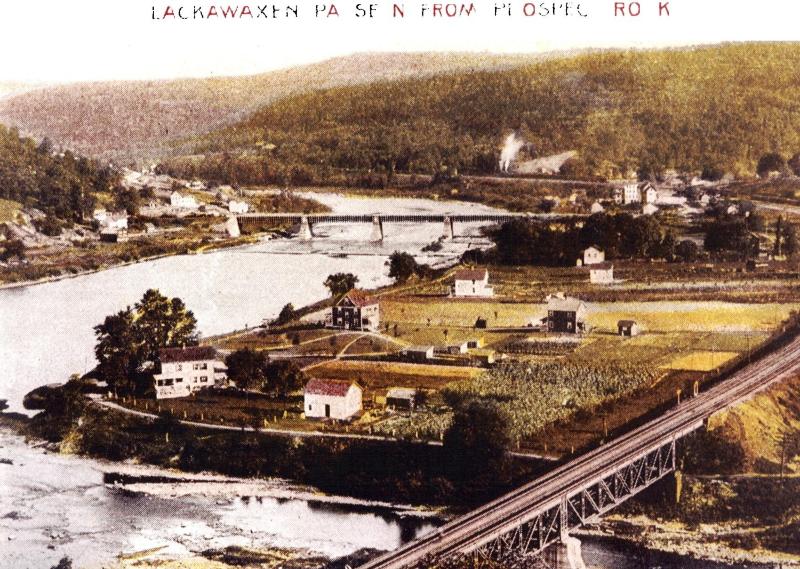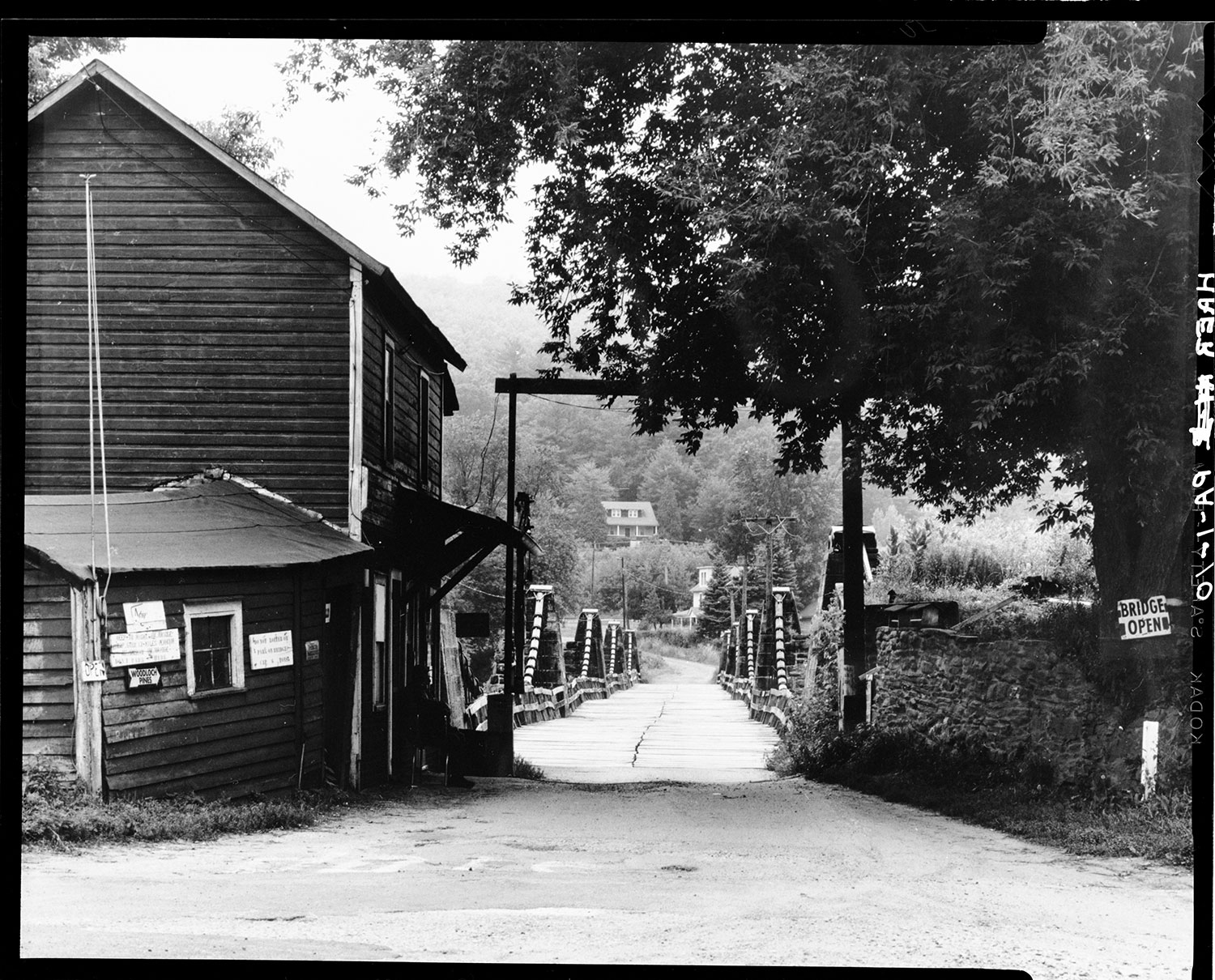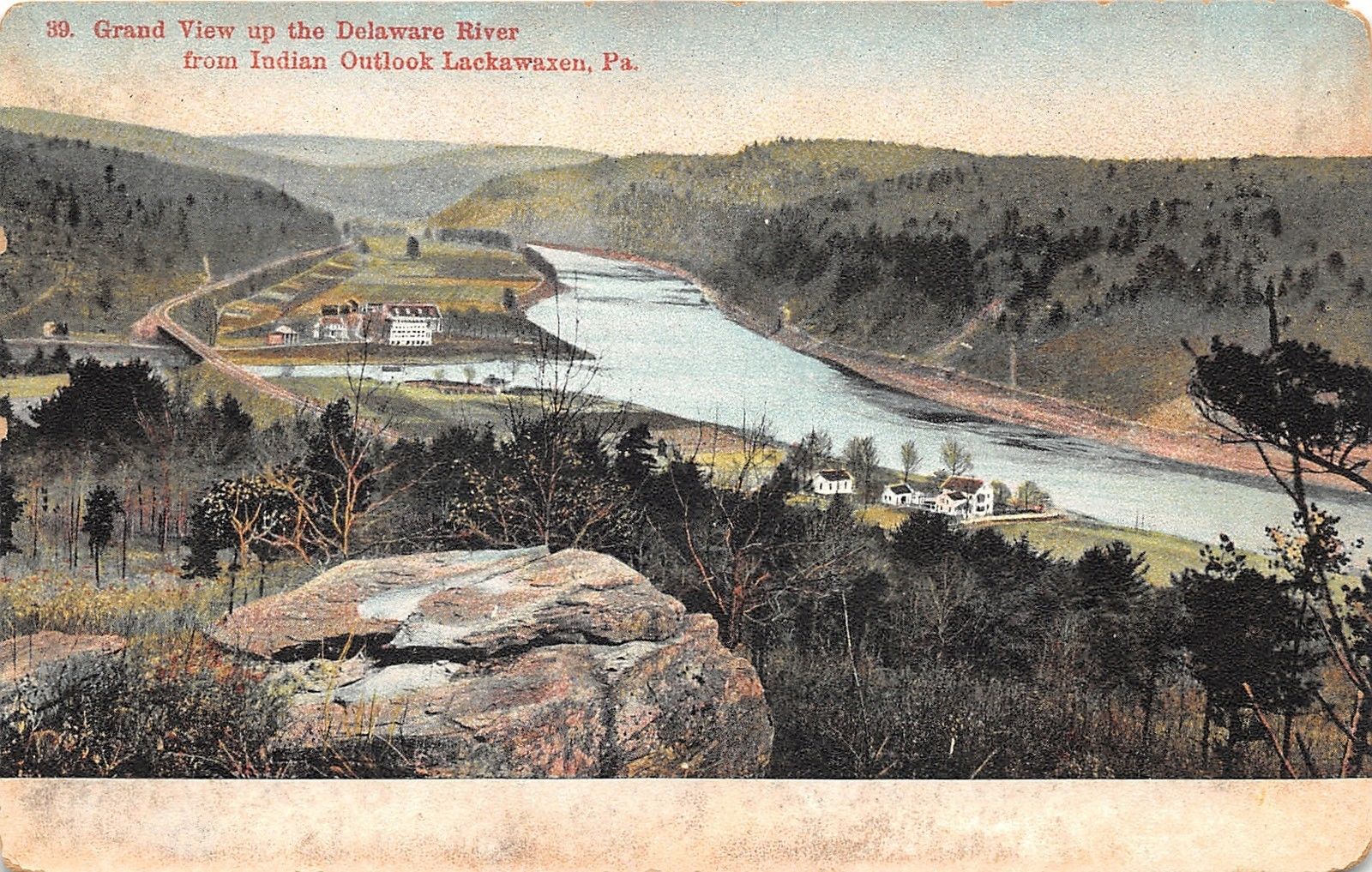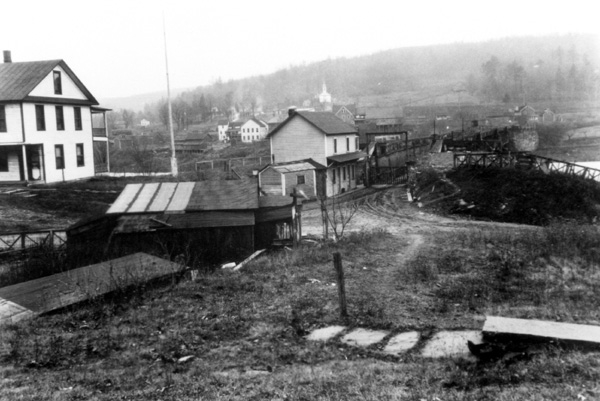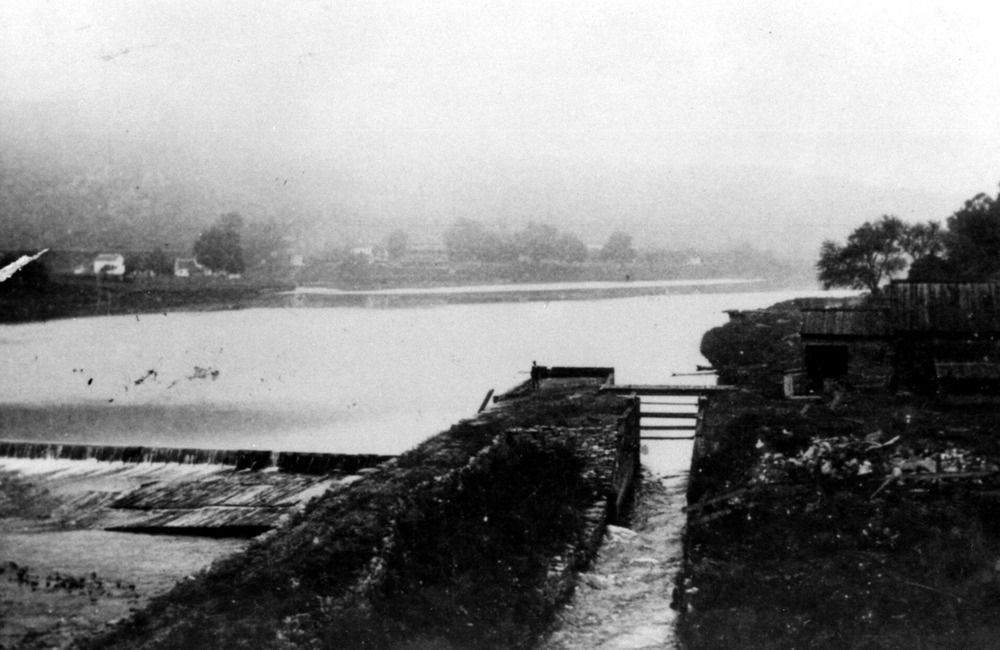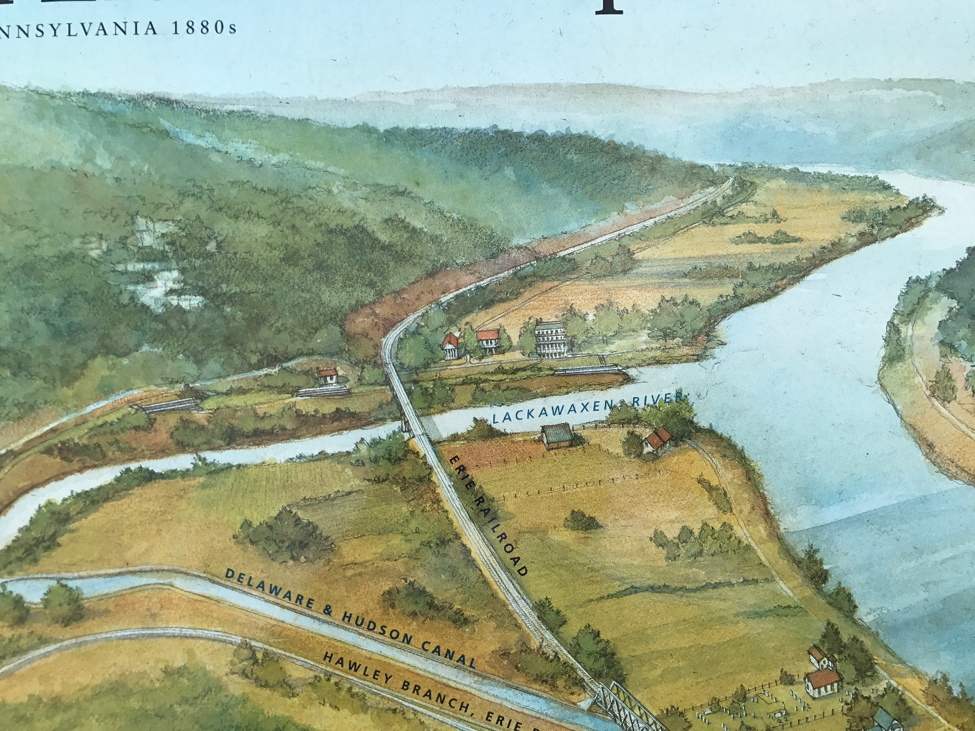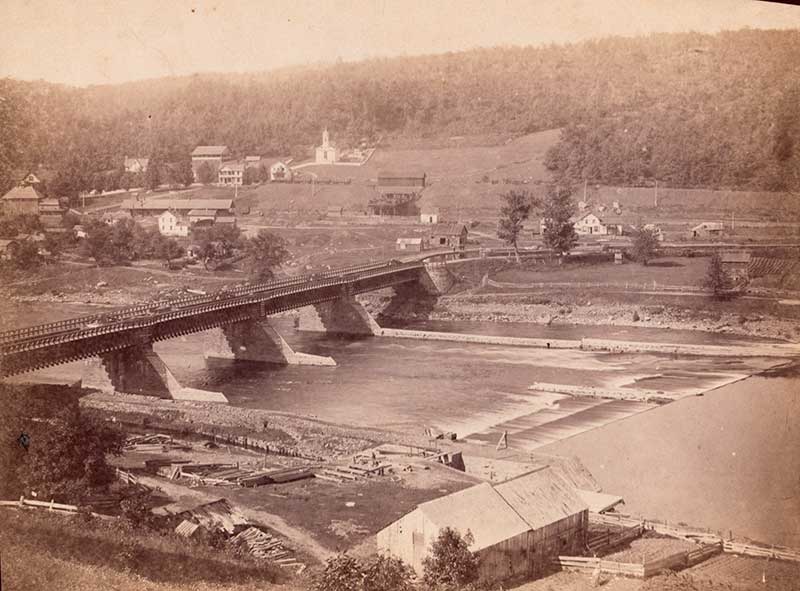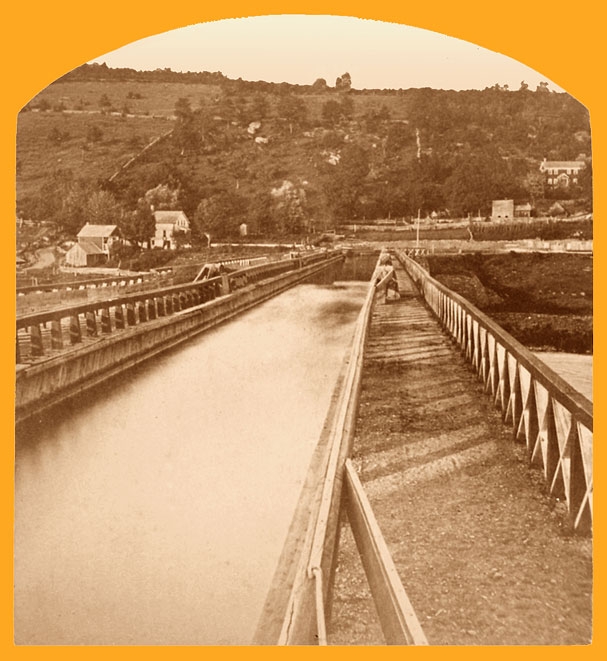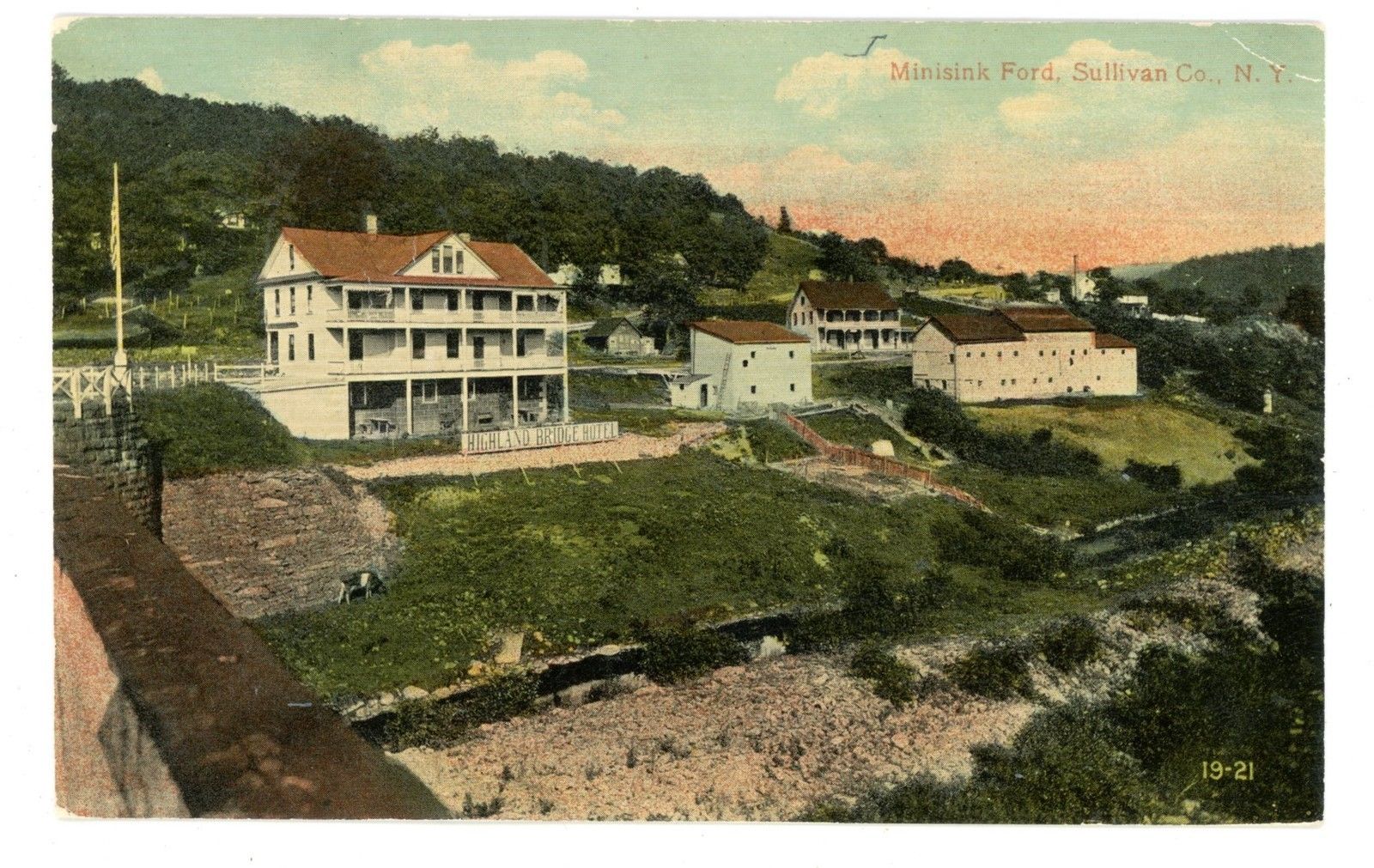We are all aware of the bigger history of the area – the battle of Minisink Ford, the Delaware and Hudson Canal, Roebling’s aqueduct bridges, coal, lumber and Zane Grey – and these topics have institutions, active in the area, that help keep them alive.
The European-American settlement in 1798 adopted the Lenape name Lackawaxen, meaning “swift waters,” after the river that flows twelve miles through the township.[4]
Bands of both Algonquian-speaking Lenape and Iroquoian-speaking Seneca lived in the area through the early 19th century. Neither tribe had any substantial villages in the area, and they used the land as hunting grounds. Their tools, pot shards and bone fragments have been found at Native American rock shelters and camp sites.
The first permanent European settlers in the area were Jonathan Conkling and John Barnes, who built in 1770. In the Battle of Minisink in 1779, 40-50 European colonial settlers were killed in an engagement with a band of mostly Iroquois and Loyalistsled by Colonel Joseph Brant, a Mohawk who commanded forces for the British.

